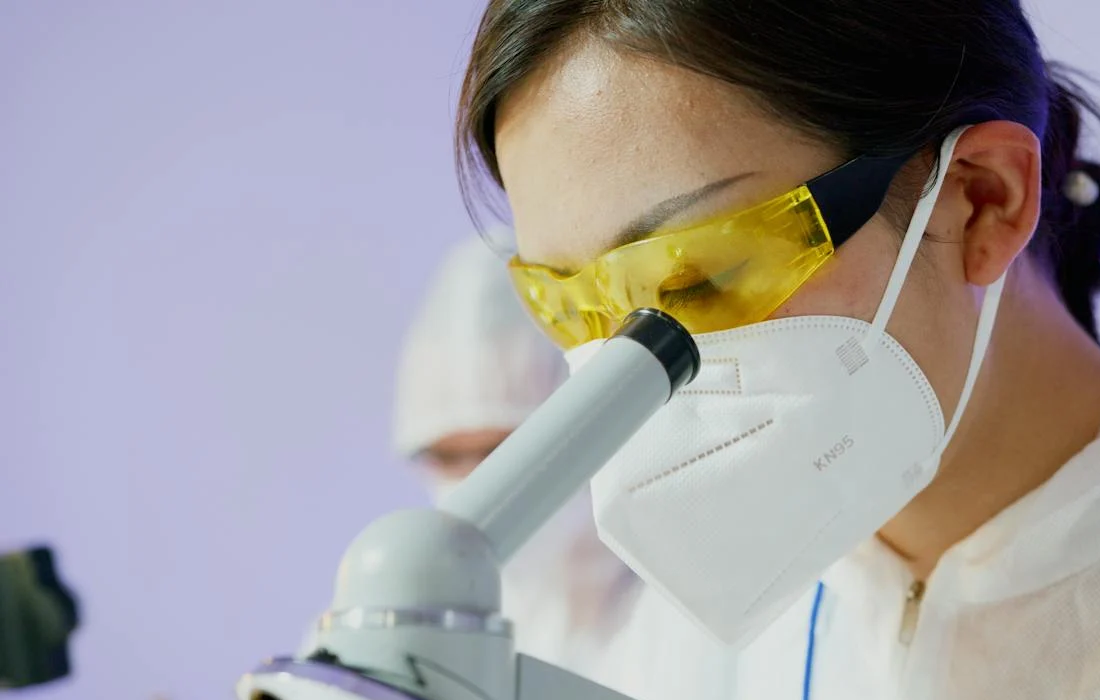Regenerative Medicine News and General Information
An Artificial Cell Environment That Could Promote the Regeneration of Nerves
Injuries in the central nervous system heal poorly because cavities scar. Researchers hope to remedy this problem by filling the cavities in such a way that stem cells feel comfortable in them. The researchers studied neural stem cells from mouse embryonic brains, which they cultivated on positively charged hydrogels.
“Our aim was to create an artificial environment for cells that mimics the natural cell environment in the brain,” says Kristin Glotzbach. “Cells have a negatively charged coating, also known as a pericellular matrix. This means they adhere particularly well to positively charged substrates.” The trick with the hydrogels used in the experiments was that the strength of their positive charge could be precisely adjusted.
As the experiments showed, the positively charged hydrogels facilitated the survival of the cells and affected their future fate. If the stem cells adhered to hydrogels with a high positive charge, the cells tended to develop into nerve cells. On gels with a lower positive charge, on the other hand, the stem cells mainly developed into glial cells, which perform important auxiliary functions for the nerve cells.
The ability to influence whether stem cells differentiate into nerve or glial cells would be a great advantage.
When the researchers added the growth factor FGF2 to the positively charged hydrogels, they successfully increased the survival and division rate of the cells. But the differentiation into nerve and glial cells then occurred at a slower pace.
“In future studies, we intend to add peptides or components of extracellular matrix molecules to the positively charged gels in order to simulate the natural environment of the cells even more efficiently,” says Kristin Glotzbach. The researchers also plan to experiment with three-dimensional gels that could fill cavities after brain injuries.
Sources:
Kristin Glotzbach, Nils Stamm, Ralf Weberskirch, Andreas Faissner. Cationic Hydrogels Modulate Neural Stem and Progenitor Cell Proliferation and Differentiation Behavior in Dependence of Cationic Moiety Concentration in 2D Cell Culture. ACS Biomaterials Science & Engineering, 2024; DOI: 10.1021/acsbiomaterials.3c01668
Ruhr-University Bochum. (2024, February 20). Where neural stem cells feel at home. ScienceDaily. Retrieved February 22, 2024 from www.sciencedaily.com/releases/2024/02/240220144554.htm
Photo by Artem Podrez from Pexels: https://www.pexels.com/photo/a-person-wearing-personal-protective-equipment-looking-through-a-microscope-8533035/

